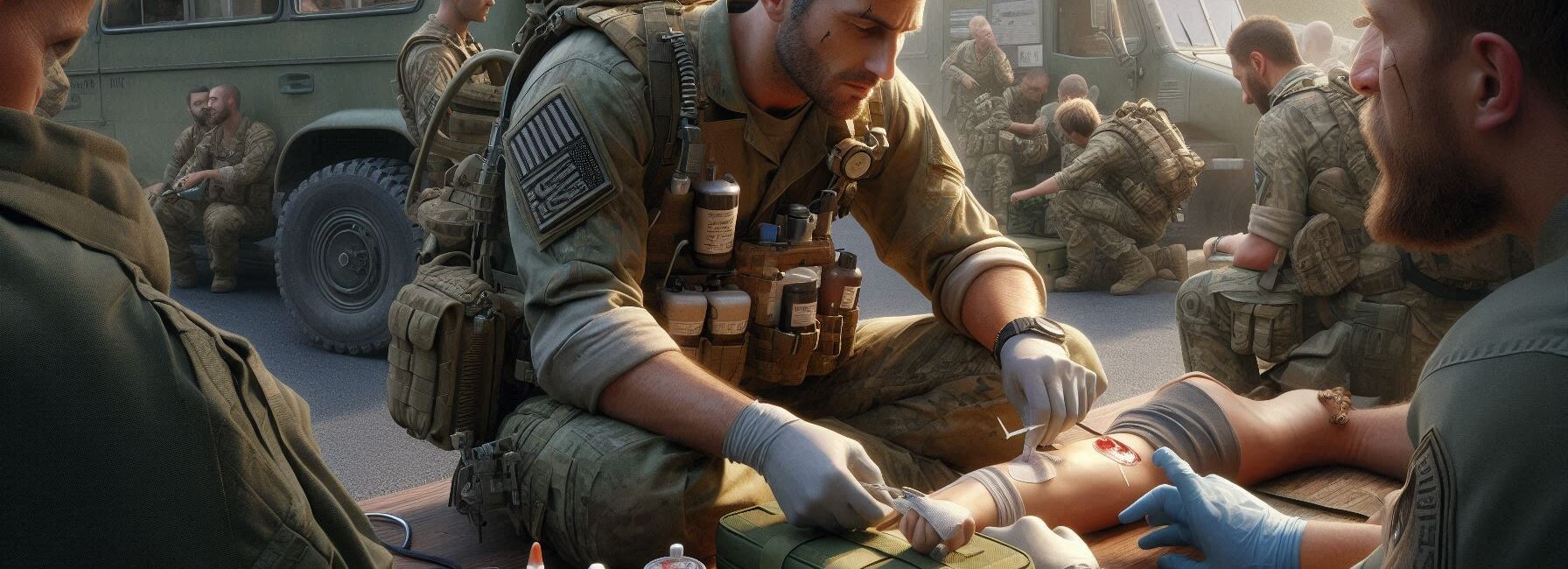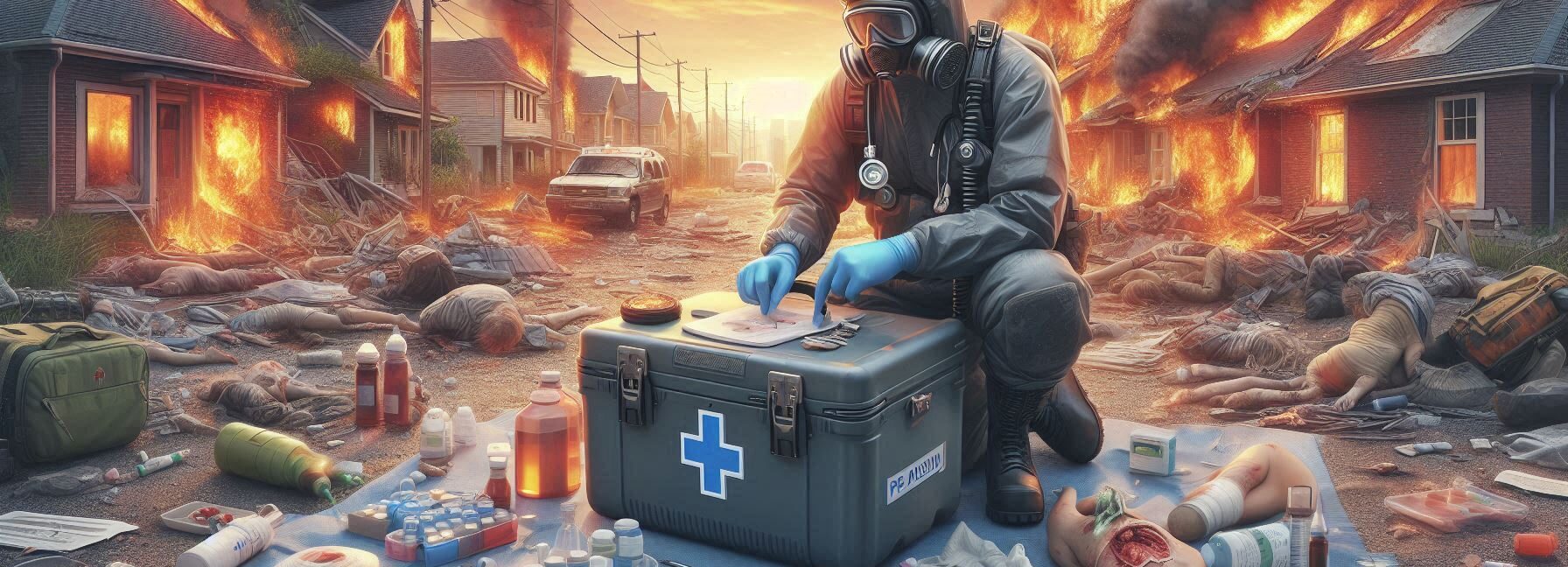Please Note: This post may contain affiliate links. If you click one of them, we may receive a commission at no extra cost to you. As an Amazon Associate, I earn from qualifying purchases.
Last Updated on November 1, 2025 by Kevin Collier
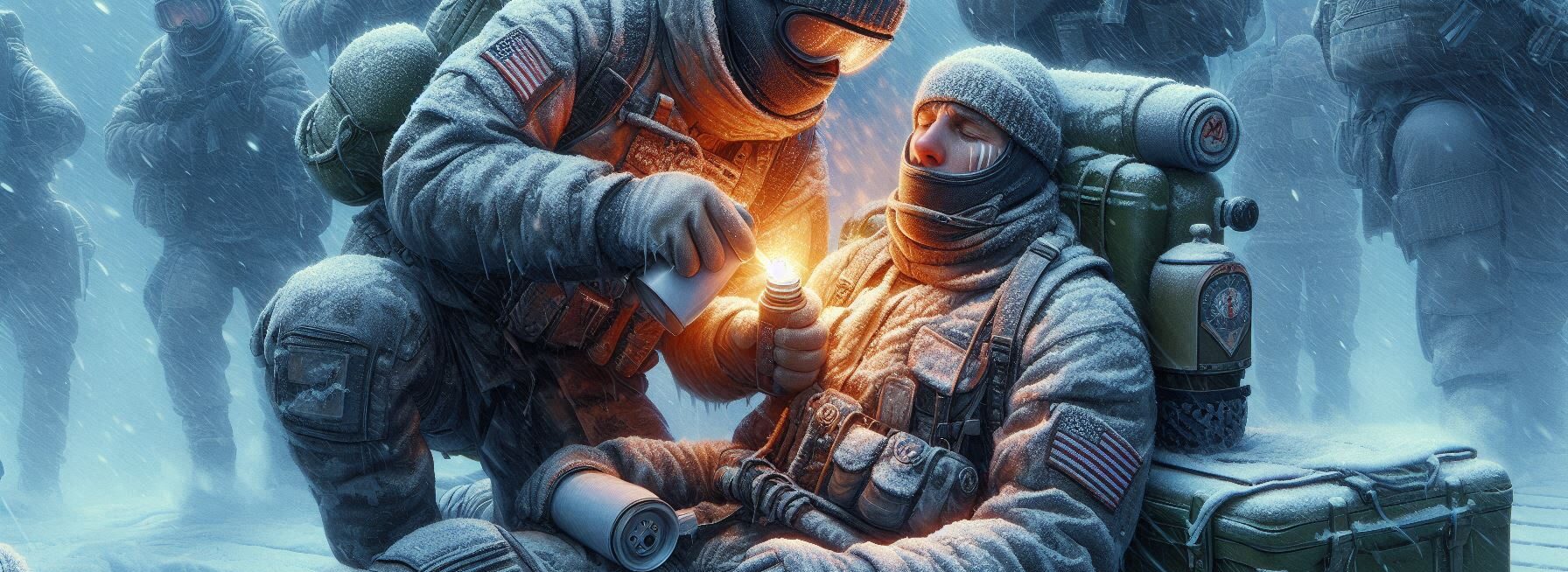
Top Takeaways and Key Concepts
- Dress in Layers: Wear moisture-wicking base layers, insulating mid-layers, and windproof outer layers.
- Keep Extremities Covered: Wear insulated gloves, wool socks, and a warm hat or hood.
- Utilize Natural Insulation: Use materials like leaves, pine needles, or snow to insulate your shelter.
- Maintain Dryness: Avoid sweating and wet clothing, as moisture increases heat loss.
- Stay Active: Engage in light exercises to generate body heat.
Imagine that you're camping in the woods, with trees and stars all around you. You have your tent set up, the fire is crackling, and the marshmallows are ready to be toasted. It really does feel magical, doesn't it?
Then, bang! The temperature decreases faster than a squirrel can climb a tree. It's a cold night all of a sudden, and you're worried about getting hypothermia. That seems scary, but wait a minute. We can work through this together.
Let's start by talking about how to avoid it. Stay dry! When it's chilly, being wet is the worst thing that can happen. If you feel even a little wet, attempt to put on dry clothes, even if it's just a pair of dry socks. Believe me, your feet will be grateful.
Layering is your best buddy. Get a good base layer first. That strange thermal shirt you wore last winter? Great! Next, put on a warmer layer, such a fleece or your favorite sweatshirt. And don't forget to bring a windbreaker! You want to keep the heat in, not let it out like the last cookie in the jar.
If the wind starts to howl, get inside. You might move your tent out of the wind or get closer to the fireplace. If you're lucky, your friends will be with you. Time to cuddle!
There's no need to panic if you start to feel cold. It's all about warming up slowly. A drink that's heated is great. Take your time when you drink cocoa or tea. It can feel so nice to hold a warm mug in your hands. You could even use a stone that is warm and covered in a cloth. Just don't make it too hot!
If things get bad and you start to feel confused, shivering, or excessively sleepy, you need to act quickly. Put those layers back on and cozy up with your pals. You should also keep moving. Moving your fingers and toes improves the blood flow.
It's all about staying positive. Have a good laugh. Joke about “extreme camping.” You all agree on this, right?
*** Shop for Survival Gear - Tools - Kits ***
Survival Gear - Bags and Backpacks - Knives - Boots/Footwear - Communication
Outdoor Cooking - Gloves - Hydration - Dry Boxes - Water Filtration Systems
Tents - Sleeping Bags - First Aid Kits - Multi-Tools - Flashlights - Fire Starters
Navigation - Survival Food - Night Vision - Headlamps - Stun Guns - Binoculars
So, even if it's cold outside, bear in mind that you can stay warm and secure by following a few simple actions. You can make a boring night into a wonderful campfire story if you're smart and have a lot of buddies. Think about it: the next time you go camping, you'll be the warmest person there!
Understanding Hypothermia
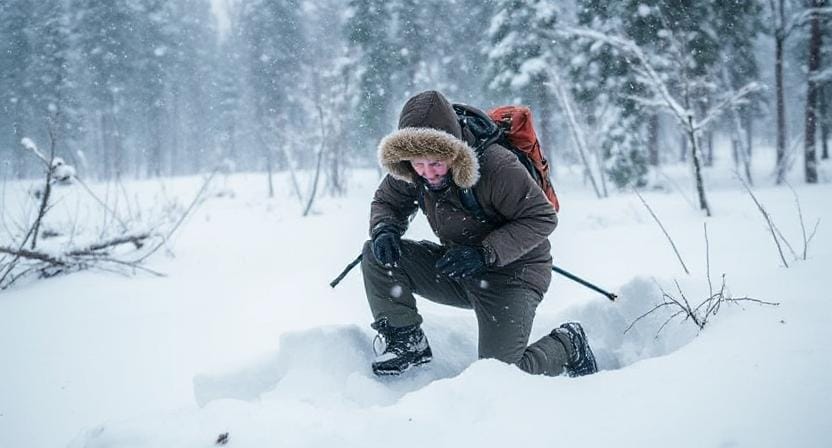
Let's start by agreeing on what hypothermia really is. In short, it happens when your body loses heat faster than it can make it, which makes your core temperature drop to a dangerously low level. This can happen, for example, when you realize you neglected to bring enough snacks for the trip.
Symptoms can include shivering, which is like your body performing the cha-cha, as well as bewilderment and tiredness.
I know what you're thinking: “Why should I care about this?” If you've ever spent too much time outside in the winter, like during that snowball fight with pals that went wrong, you know how quickly things can get chilly.
You should know that anyone can get hypothermia, even if they are good at building a huge snowman or have a lot of experience in the outdoors.
Hypothermia isn't simply a concern in the winter; it may also develop when it's cool and you get wet or don't move for too long. So, whether you're climbing mountains or just having a picnic in the early spring, it's really important to know about hypothermia.
Keeping Warm as a Way to Prevent Hypothermia
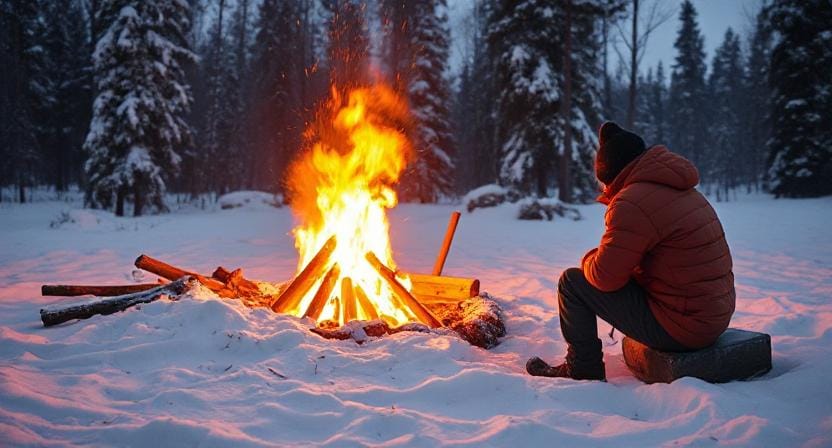
Now that we know what we're up against, let's talk about how to avoid it, because no one wants to be known as “the person who turned blue.” Here are some ways to stay warm:
1. Wear layers
By the way, wearing layers isn't simply a fashion statement; it's necessary! Start with base layers that wick away moisture (like superhero suits but with less spandex). Then add insulating layers like fleece or wool.
Lastly, add a waterproof outer layer. Getting wet while attempting to enjoy nature isn't fun unless you're in an accidental water balloon fight.
2. Keep Dry
Stay dry, by the way! If you're trekking in the rain or snow (or just stepping into puddles because why not?), be sure your gear keeps water out. Believe me, when you're miles away from civilization, there is nothing worse than squishy socks.
3. Keep going
Let's see… movement makes things hot! Don't just stand around and look at the gorgeous trees. Go for short hikes or perform jumping jacks every now and then, even if it makes you seem ridiculous. Later on, your body will thank you, and those trees will probably enjoy the show too!
Early Recognition of Symptoms

To be fair, catching symptoms early is the most important thing you can do to avoid full-blown hypothermia. Some indicators are shaking uncontrollably (often known as your inner maraca), slurred speech (you can sound like you've eaten too many hot chocolates), and being clumsy (tripping over phantom roots counts).
It's also quite important to check on other adventurers. If someone is behaving strangely quiet or like they've reached another dimension (and not the good sort), they may need treatment right away.
Safe Ways to Warm Up:
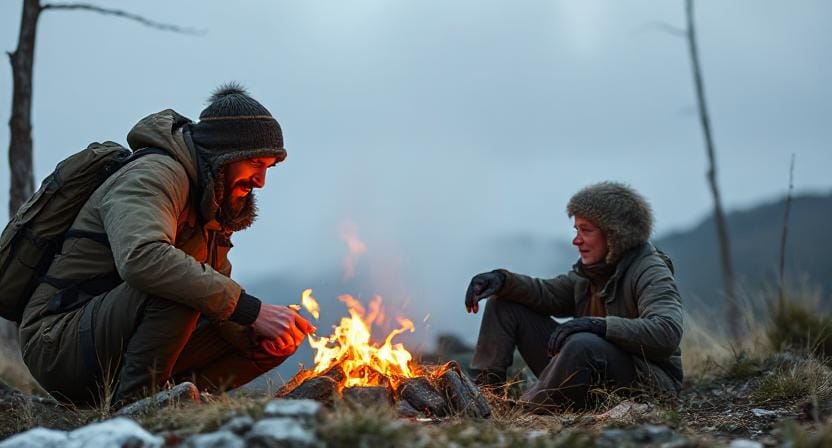
So, let's say that someone has died from hypothermia even if they took all the right steps. It occurs! Here are the steps for treatment:
1. Bring Them Inside
If you can, relocate them indoors or at least to a place where they won't be exposed to wind and rain. Mother Nature isn't always nice, and neither are cold temperatures! Once you're inside or beneath whatever shelter you've found, take off any wet clothes carefully.
2. Give warmth
Next, let's get toasty! If you have them, use blankets or sleeping bags (extra points if you have spare ones in your backpack). You can also consume hot liquids, but stay away from alcohol because it makes blood vessels wider and makes them feel warmer than they are, which could get them in trouble again!
3. Keep an eye on their health
Watch their condition intently as you slowly warm them up. Don't do it too quickly! Keep in mind that heating things up too quickly can produce shock, which is not what anyone wanted to happen on their nice camping trip.
When to Get Medical Help

After doing all of these things, there are situations when you still need to see a doctor. If the symptoms don't go away after trying to warm them up or get worse for no reason, it could be time for someone else with more training than us to step in!
Conclusion
It's really important to stay warm outside. It can make or ruin your trip, right? It might be very helpful to look for indicators of coldness. You want to appreciate the fresh air, not shake like a leaf in the wind!
Are you feeling a little cold? That's your body telling you to “pay attention!” You can feel a little cold or shaking in your fingertips. These may be early indicators of hypothermia. Getting it early makes a big difference. It's like finding the perfect marshmallow to roast—just in time!
Put on more clothes. A warm base layer keeps you warm. That heavy sweater from last year? Great! And don't forget to wear socks. Happy toes are cozy toes.
Also, hot drinks make a big difference. You may try cocoa, tea, or even simply warm water. It can feel so lovely to hold a warm cup. It feels like an embrace from the inside.
Get your friends together when it gets too cold. It can be quite helpful to share body heat. Getting close to each other might just keep everyone warm.
Keep these guidelines in mind the next time you go out to explore. If you pay attention to signs and stay warm, your experience will be more fun. Later, you'll have stories to tell over the campfire.
And adding hot cocoa to the mix makes everything better, right? So, get your stuff together, get your friends, and go outside with a huge smile. You can do this!
Frequently Asked Questions
What causes hypothermia in survival situations?
Hypothermia occurs when body heat is lost faster than it is produced, often due to cold, wind, wetness, or inactivity in low temperatures.
How can I prevent hypothermia while outdoors?
Dress in layers, stay dry, shield yourself from wind, keep extremities covered, and move periodically to maintain circulation.
What early symptoms should I watch for?
Shivering, confusion, clumsiness, slurred speech, and unusual quietness are common early warning signs of hypothermia.
What should I do first if someone seems hypothermic?
Move them out of wind or moisture, remove wet clothing, and insulate them with dry layers or bedding while warming slowly and gently.
Is it safe to warm someone quickly?
No, rapid warming can cause shock; gradually warming with dry layers, shared body heat, and warm liquids is safer.
Can hot drinks help treat hypothermia?
Warm, non-alcoholic liquids help raise internal temperature safely, but avoid alcohol because it speeds heat loss.
When is medical help urgently needed?
If symptoms do not improve with gradual warming, worsen over time, or the person is severely confused, seek medical assistance immediately.
Suggested Resources:
Hypothermia Prevention Tips
https://www.cdc.gov/disasters/winter/prepare.html
Understanding Cold Weather Risks
https://www.redcross.org/get-help/how-to-prepare-for-emergencies/types-of-emergencies/winter-storms.html
Wilderness First Aid Basics
https://www.wildernessfirstaid.com

Kevin Collier is a seasoned survivalist and expert in prepping and homesteading, contributing to WiseSurvive.com. With a deep-rooted passion for self-sufficiency and outdoor survival skills, Kevin shares practical advice, strategies, and resources to help individuals prepare for any challenge. His informative articles cover a range of topics, from essential survival techniques to sustainable living practices, empowering readers to thrive in any situation. Whether you're a novice or a seasoned prepper, Kevin's insights will inspire you to take charge of your readiness and build resilience for the future.




